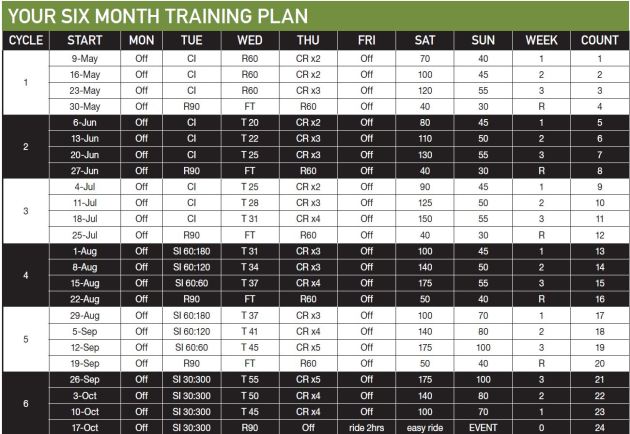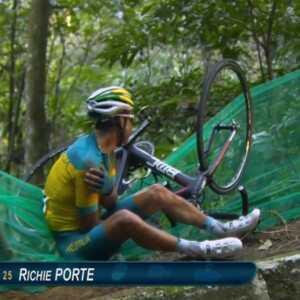Here we are, six months out from the date of the Bowral Classic Gran Fondo. Everyone should be full of optimism and eager to take on the full 160 km distance. Over the next three issues I will be writing about how you can do your best to prepare for the event. In this issue I will concentrate on the 160 km ride. In the second instalment I will concentrate on the 90 km option. In the final instalment I will wrap up the series with last minute preparations for all.
What is a Gran Fondo?
The Gran Fondo exists in the overlap between participatory and competitive cycling. While it really is NOT a race, finishing positions are recorded and people do care about where they finished. Typically the first hundred or so riders want to be first and the remaining thousands are just out to enjoy or challenge themselves. Usually there are prizes as well. OK, so maybe it IS a race?
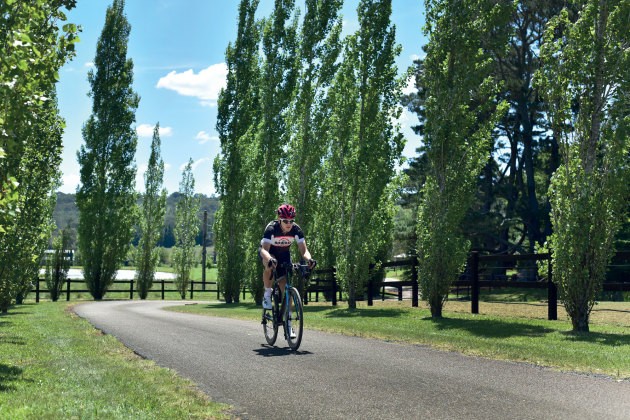
We have had huge turnouts for participatory events in Australia for years, but the term Gran Fondo is rather more recent for Australians (having its origins in Italy back in the 70s). There are numerous ones around now and they all combine a longer distance over a challenging course to ensure everyone who completes one knows they did something significant.
Not everyone is able to take on the full challenge of the Gran Fondo. Perhaps it’s because they are new to cycling or because their current life situation prevents them from getting out on the bike as often as required. Typically a Gran Fondo offers a shorter option (sometimes called a Medio Fondo) and the Bowral Classic is no exception – there is a 90 km option for those who can’t imagine completing the 160 km full event.
The basic training approach
Most of the riders I speak to think that if they ride more often or more distance they will get the results they are after. Unfortunately, unless the result you want is the ability to ride a long way at a moderate pace this approach is not going to work. That is because you get out of training what you put in. If you want to go faster; you’ll need to train faster. If you want to climb better; you’ll need to train climbing. Fortunately, the distance element is just about the least important part of the whole training plan.
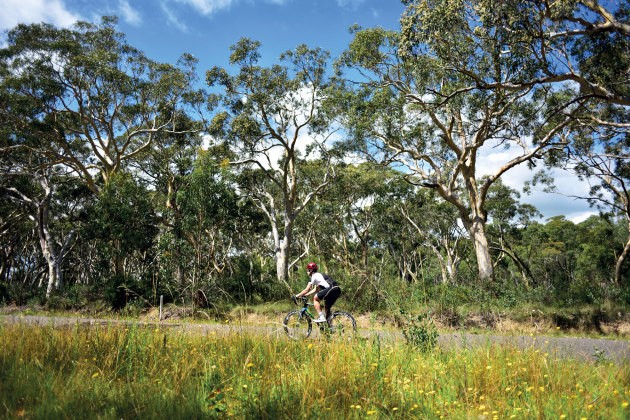
Training brings improvements due to the principal of super-compensation. The training plan should challenge your body; in fact it will cause fatigue, soreness and decreased performance in the short term. This is where the concept of periodised training becomes really important to your success. By taking every fourth week as an easy (or recovery) week, your body has a chance to undo all the damage done in the prior three weeks – and a little bit more. Your performance coming out of the recovery week will exceed your performance at the beginning of the four-week period.
Concurrent with the idea of rotating through your training loads is the idea of progressing your training each week. Week 1 is the easiest of the training weeks – about 10% easier than Week 2. Week 3 is the hardest – about 10% up on Week 2. On average you completed three sets of Week 2, but the progression means you really had to push yourself in Week 3. When your training load is about right, you are really fatigued by the end of Week 3 and the Recovery week is essential. Note that the final cycle has “reverse periodisation” with the weeks running in reversed order. The idea for this is to both get in good training and arrive at the event as fresh as possible.
There are six months to go from the release of this issue of BA (and the start of the training plan below) to the running of the Classic. That is 6 “cycles” of training for those that begin now; which is plenty of time to get prepared.
The plan
This 24 week plan provides for two days each week completely off the bike. Those two days don’t have to be Monday and Friday but that works out the best by isolating the shorter, more intense riding through the week from the longer, more endurance oriented riding on the weekend. The details for each session are listed below.
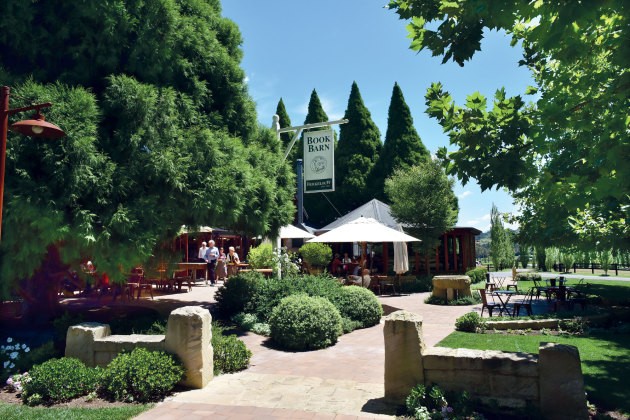
CI = Climbing Interval. The hill you choose should not be so steep as to prevent a high cadence in your lowest gear – so a really shallow slope will often do fine. It should be long enough that you do not reach the top in less than five minutes. Each time you do this drill your first run up the hill determines your target for this week. Go for 4:45 and that is your target location. Turn around and roll down, take about 5 minutes easy pedalling in total before you start again. Second and subsequent times up the hill your aim is to get to that target spot before 5 minutes have elapsed. Keep repeating it until it takes longer than 5 minutes (5:00 is failure, 4:59 means do another one). Warm-up is critical for this drill.
CR = Climbing Repeat (# of repeats). This might be the same hill as for CI, or a different one. This hill should take at least 10 minutes to achieve the summit and it can be considerably steeper than the CI hill. Select the gear that, seated and with good form, your best effort finds you pedalling around 60 rpm. Ascent should take around 10-14 minutes but not much longer. Pick a landmark and go to that point every session (making it easy to track your progress).
FT = Field Test. Once per cycle you will go out and ride a time trial over a 5 km course. Try to pick something that is relatively flat, has no traffic that could impede your progress (and no traffic lights!) and one where it is fairly easy to go back to the start because you will do it twice (warm up, ride the 5 km course, get back to the start promptly, ride it again, cool down). As a minimum, time yourself and observe how you improve. The problem is wind. A good ride on a bad day can be much slower than a mediocre ride on a good day. Ideally you will determine your average heart rate over the course or even average power – and watching these improve is much more “real” than the total time taken.
R = recovery (minutes). Recovery rides are active recovery, which means you want to get your heart rate up enough to provide good blood supply to the tired muscles but keep the heart rate below the point where it starts to produce new fatigue. This is between 60 and 70% of your Field Test heart rate (or power) average, or not so hard that you are unable to sing as you ride.
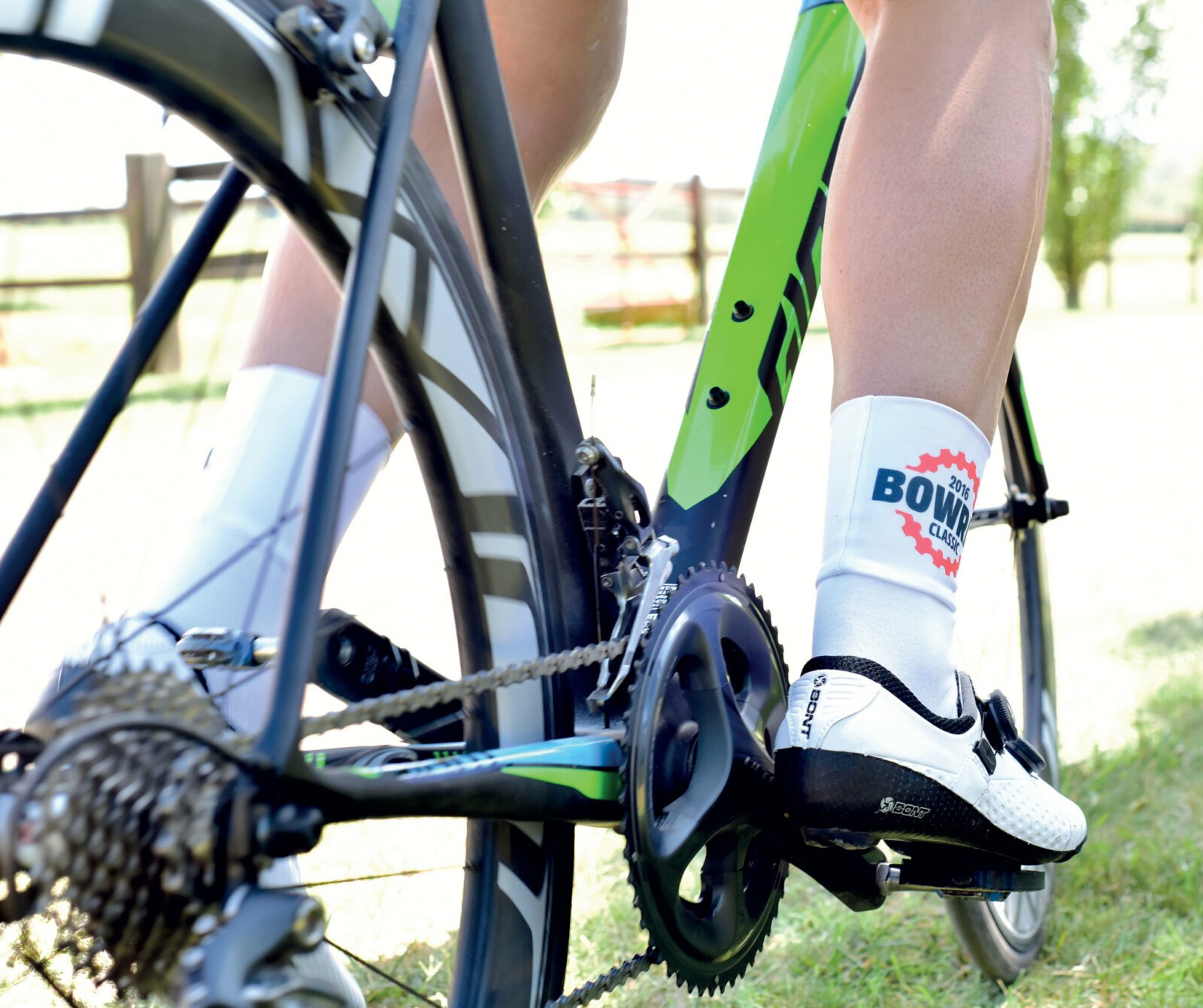
SI = Short Interval (seconds on: second’s recovery). For your intervals you want a flat stretch of road with minimal traffic or distractions, so you can put 100% effort into these brief stints at maximum output. After a good warm up you can launch into the first interval – it really helps to have the drill programmed into a bike computer so you don’t have to think. Try to keep your effort even across the whole time – do not go as hard as you can for 10 seconds, back off for 15 seconds, go hard again for 5 seconds and so on. Rather a proper effort level will feel almost too easy for the first 1/3 of the time, but by the time you get to the final few seconds you should be questioning if you can finish. Continue to failure; which means you go to start an effort and can’t get up to speed, or mid-way through the effort your legs suddenly fail (your speed drops off) or you just gradually slow down on each one until you call it quits (a 10% drop in speed is a good cut-off).
T = Tempo (minutes). This exercise works your aerobic capacity right at the limit (before you go too much into anaerobic). This is ideal for sitting in a bunch going at a good pace on event day. I have tried to build this program for people who lack any monitoring equipment (either heart rate or power), but the effectiveness of Tempo was too good to pass over. The Tempo zone is based on your performance in the previous FT (which is why T only begins in cycle 2, after FT #1). Your lower heart rate target is 88% of your FT average HR, with the upper limit at an extra 4 beats per minute. For power users it is 88% of FT average power plus 20 Watts. Warm up first. Ride your Tempo time. Cool down.

Weekend rides (kilometres). The two weekend rides are based on distance. The really important thing is to achieve these distances (there is no target effort as such) but ideally one would do these in the endurance building zone. This is between 70 and 88% of your Field Test heart rate (or power) average, or hard enough that you cannot sing but not so hard that you cannot speak in short phrases.
On yer bike…
Now that you are equipped with a target event, a training program and a purpose it is time to start riding. Remember that consistency in training is the key to getting good results. The odd missed session here and there quickly adds up to sub-standard performance but since this isn’t a race those two longer weekend rides are the really critical elements of getting through the Bowral Classic.
